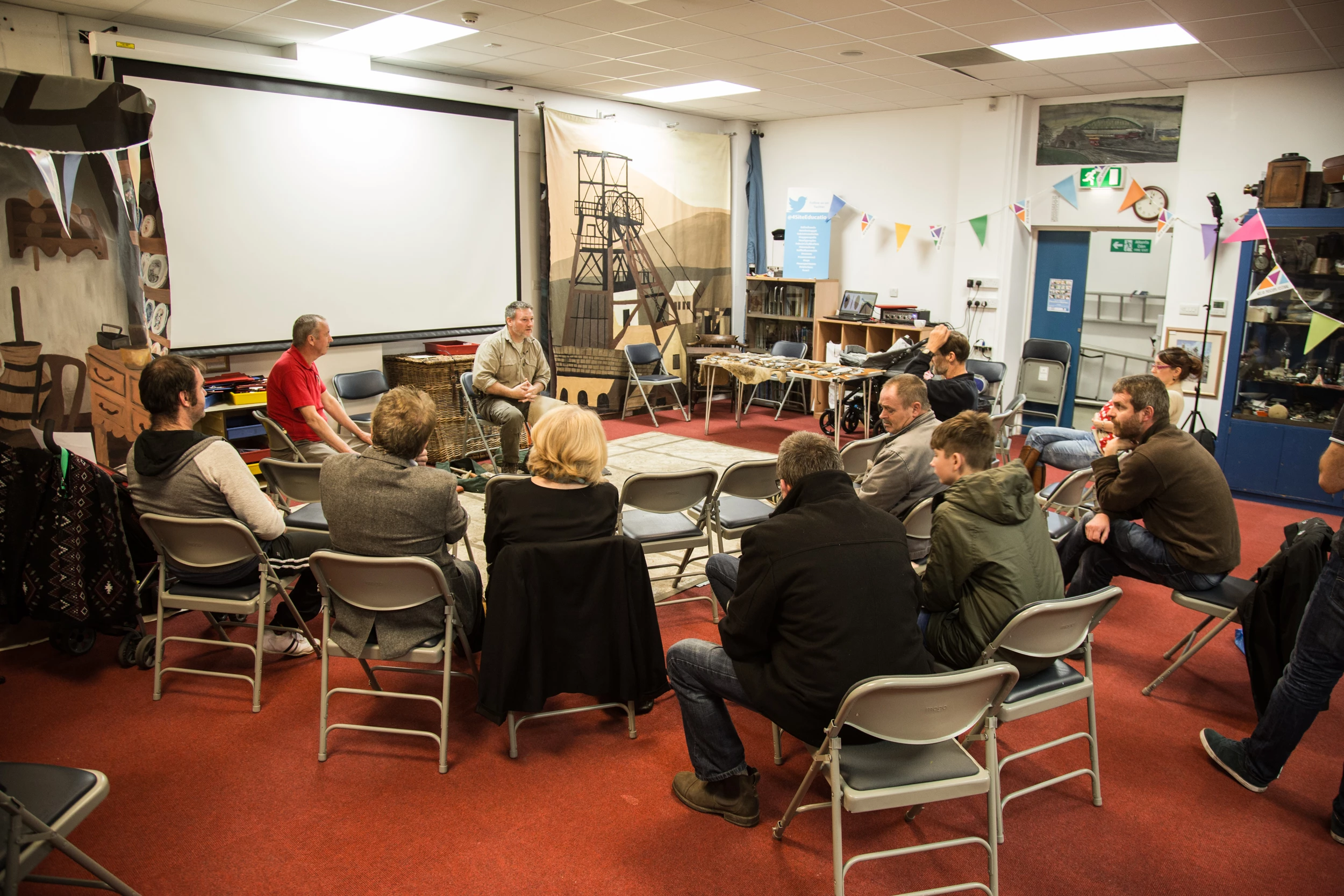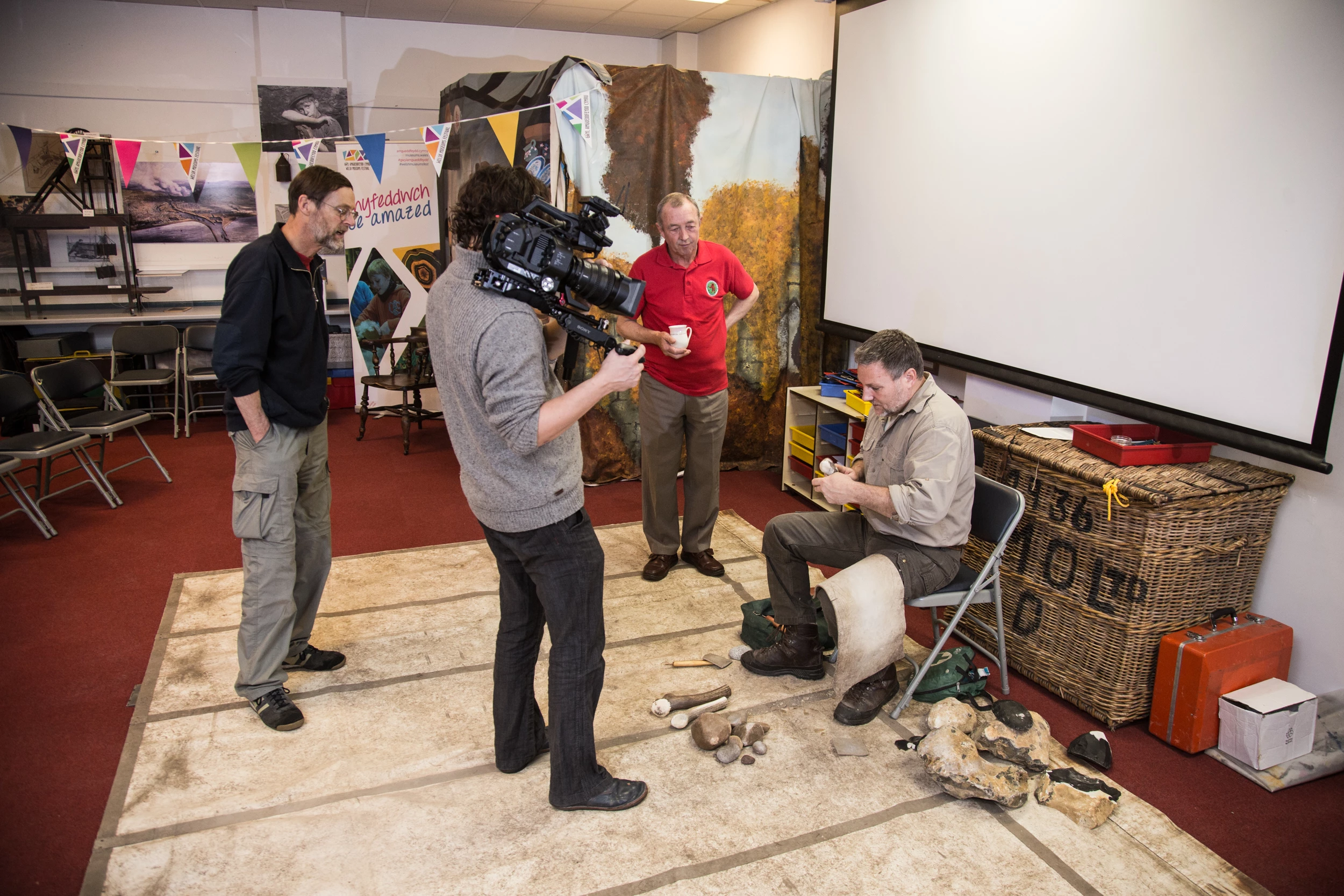4,000 Years in the Life of a Bronze Age Dagger
, 18 Tachwedd 2016
Sometime at the beginning of the Bronze Age, about 2,250 to 2,000 BC, some people walked through the wetlands where Swansea Bay now lies. Perhaps they used one of the wooden trackways which had been laid across the wet ground, parts of which can still be seen when the tide is out.
They had with them a special object, a fine flint dagger, a piece of exquisite workmanship made by an expert craftsman. The dagger was part of a Europe-wide culture, and was perhaps an important part of their identity.
For some reason the precious object was dropped; perhaps by accident, but more likely left as a deliberate offering in shallow water in a place of special significance.
Rediscovery
The dagger remained submerged, first in the water, and then, as the environment changed, in peat beneath the sands of Swansea Bay, for four millennia. Then, in 1971, a student, Paul Tambling and his girlfriend, Angela, were walking across the bay and saw it sticking out of the sand.
They picked it up and took it home, and it became a treasured object once more, associated with happy memories and a unique symbol of their relationship.
Reporting
Early in 2016 Paul and Angela heard of a flint knapping demonstration being held at Cyfarthfa House Museum in Merthyr Tydfil and decided to take their dagger along to show an expert.
The flint knapper recognised the dagger’s significance and it was reported to Mark Lodwick, the Portable Antiquities Scheme finds co-ordinator at Amgueddfa Cymru.
The dagger was identified as a ‘Beaker Dagger’, more commonly found in south-eastern England, often accompanying high-status burials, with only four other examples known of in Wales.
The discovery was exciting, and Mark contacted Paul and Angela, who brought the dagger in for recording and told him their story.
Recreation
Ideally, an object of this importance would belong in a public collection in a museum, but it is understandable that Paul and Angela want to keep it, given its personal significance to them.
Happily, a solution has been found in the form of flint-knapper Karl Lee, who attended Swansea Museum’s Welsh Museums Festival event in October and made a replica for display in their galleries.
It will now become a part of Swansea Museum’s Lost Treasures of Swansea Bay project, which invites communities to respond to the deep history of the bay through the many archaeological items found there by members of the public.




